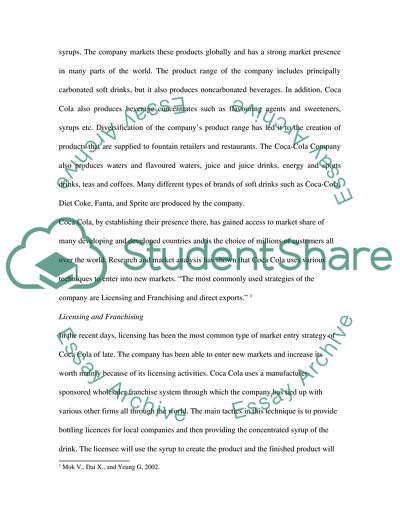Cite this document
(Modes of Market Entry of Coca-Cola Company Case Study - 5, n.d.)
Modes of Market Entry of Coca-Cola Company Case Study - 5. Retrieved from https://studentshare.org/marketing/1708311-international-business
Modes of Market Entry of Coca-Cola Company Case Study - 5. Retrieved from https://studentshare.org/marketing/1708311-international-business
(Modes of Market Entry of Coca-Cola Company Case Study - 5)
Modes of Market Entry of Coca-Cola Company Case Study - 5. https://studentshare.org/marketing/1708311-international-business.
Modes of Market Entry of Coca-Cola Company Case Study - 5. https://studentshare.org/marketing/1708311-international-business.
“Modes of Market Entry of Coca-Cola Company Case Study - 5”. https://studentshare.org/marketing/1708311-international-business.


